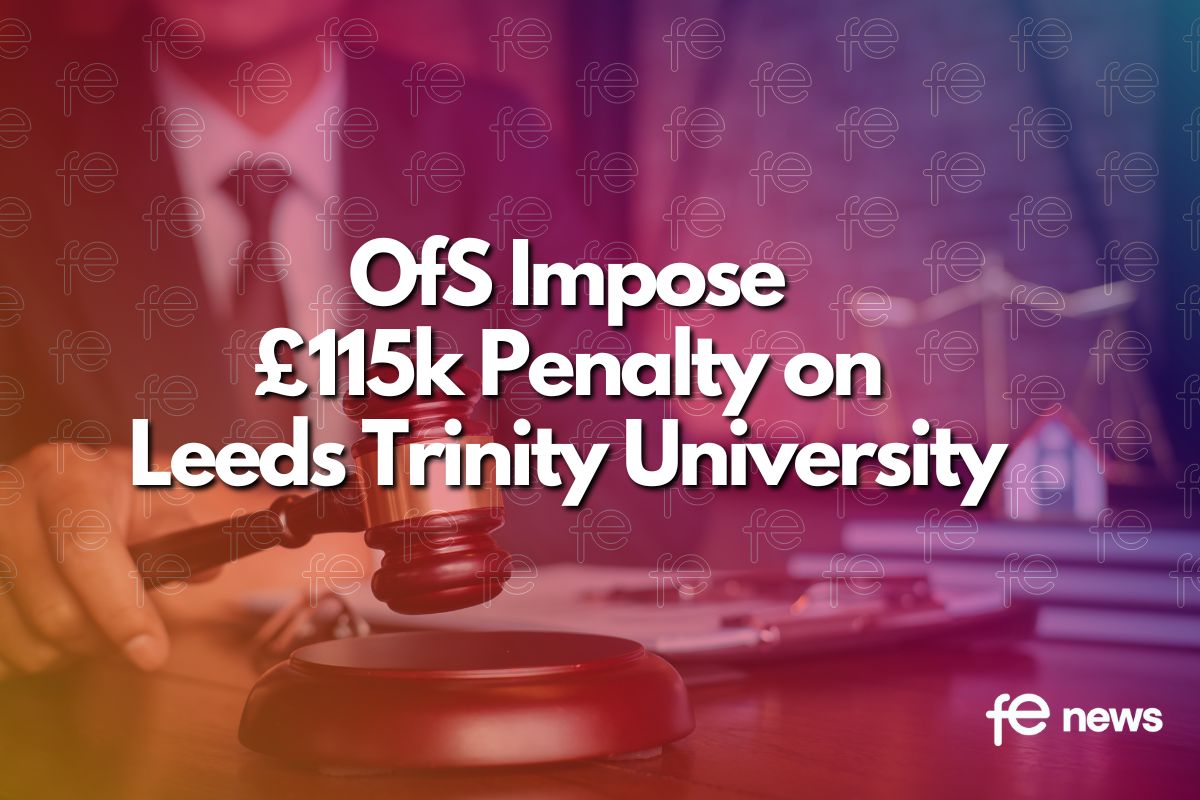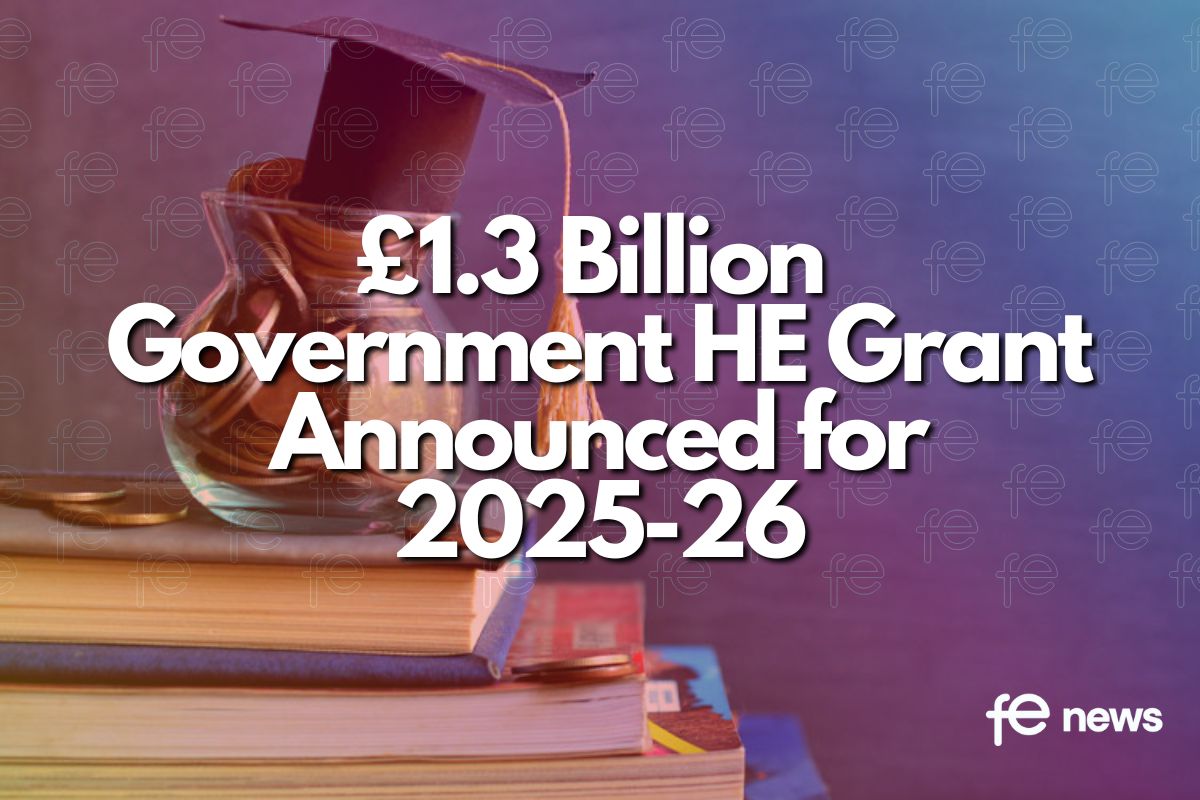Accessibility – UK Education Institutes are burying their heads in the sand

On 23 September 2018, The Public Sector Bodies (Websites and Mobile Applications) (No. 2) Accessibility Regulations 2018 came into force for in the UK.
The aim of the regulations is to ensure public sector websites and mobile apps can be used by as many people as possible.
This includes those with:
- impaired vision
- motor difficulties
- cognitive impairments or learning disabilities
- deafness or impaired hearing
Accessibility means more than putting things online.
It means making your content and design clear and simple enough so that most people can use it without needing to adapt it, while supporting those who do.
There are three key dates for compliance to be achieved:
- 22 September 2019 – New public sector websites (those published after 22 September 2018)
- 22 September 2020 – All other public sector websites
- 22 June 2021 – Public sector mobile apps
With now less than 6 months until the first key date it is interesting to consider the progress being made.
Sitemorse publishes a quarterly Index assessing UK Higher Education websites against 8 criteria, including Accessibility. A mark out of 10 is given for each of these criteria.
The Q2 2019 Sitemorse Index assessed websites from 349 Higher Education Websites for Accessibility compliance:
- Some 144 scored 0 (out of 10) and only 2 scored 7 or greater. This worryingly represents a decrease from the Q1 2019 Index where the numbers were 3 scorers over 7 and only 9 scored 0!
So why has more progress not been made?
Ignoring blatant disregard for the legislation, I can suggest 5 possible reasons as to why progress is not being made quicker:
- Higher Education Institutes are unaware of the legislation.
- Higher Education Institutes have few new websites and hence are focused on the September 2020 date
- By September 2019 Higher Education Institutes are confident of being to demonstrate improvements as evidence that they have a plan and this is believed to be sufficient.
- Financial restrictions meant budget could not be allocated until the new Fiscal Year.
- They are using another mechanism, which shows either improvement is being made or there are few issues.
Let’s briefly examine those a little closer:
1. Higher Education Institutes are unware of the legislation.
I struggle to believe that any public sector body could declare they are unaware of this legislation. If they are then, quite simply someone has not been doing their job.
2. Higher Education Institutes have few new websites and hence are focused on the September 2020 date
This could be possible however, I suspect that any public sector organisation that re citing this may be confused as to what constitutes a new website.
3. By 22 September 2019 Higher Education Institutes are confident of being to demonstrate improvements as evidence that they have a plan and this is believed to be sufficient.
Universities should also remember that they are legally responsible for their websites meeting accessibility standards, even if they’ve outsourced their website to a supplier.
4. Financial restrictions meant budget could not be allocated until the new Fiscal Year.
To me this is the most feasible reason. Presumably an audit was conducted last year, which outlined the scope of work required, the timescales for implementation and the associated costs. Subject to the implementation timescales being less than 6 months then the costs could be allocated out of the 2019/2020 budget. Presumably the work has started already, and all is on track!
5. They are using a testing mechanism, which shows either improvement is being made or there are few issues.
A number of free testing tools are available and can be found in a Google search. Gov.uk also lists some other tools. You should ensure that these tools are doing the job properly – if your service doesn’t meet WCAG2.1AA standards, you may be breaking the law.
Summary
Although Higher Education Institutes may believe they have valid reasons for not being totally compliant on September 2019, this is missing the underlying point of the legislation – at best they have some customers, e.g. those with disabilities, who find it challenging to use their websites to find the information they need to go about their lives.
The Q3 2019 Sitemorse Index will be published in July 2019 – it will be interesting the see the progress being made!
In the UK, 1 in 5 people have a disability. It would, therefore, seem important websites do not ignore potentially 20% of the population. Whilst the legislation mentioned in this article applies only to Public Sector Bodies, the Equality Act 2010 could be used to demonstrate discrimination.











Responses